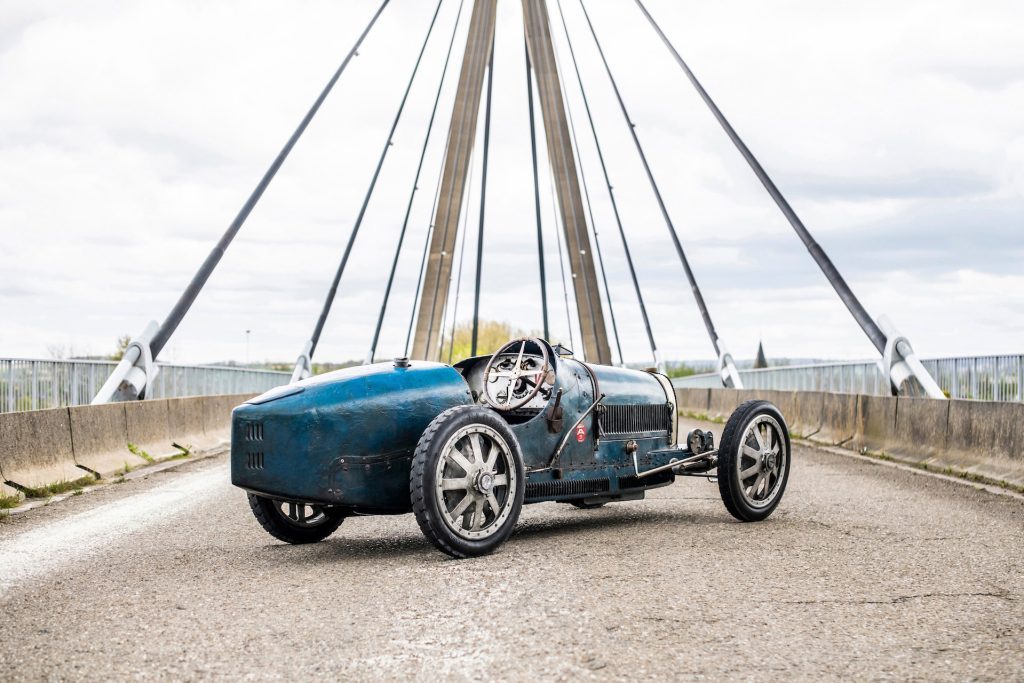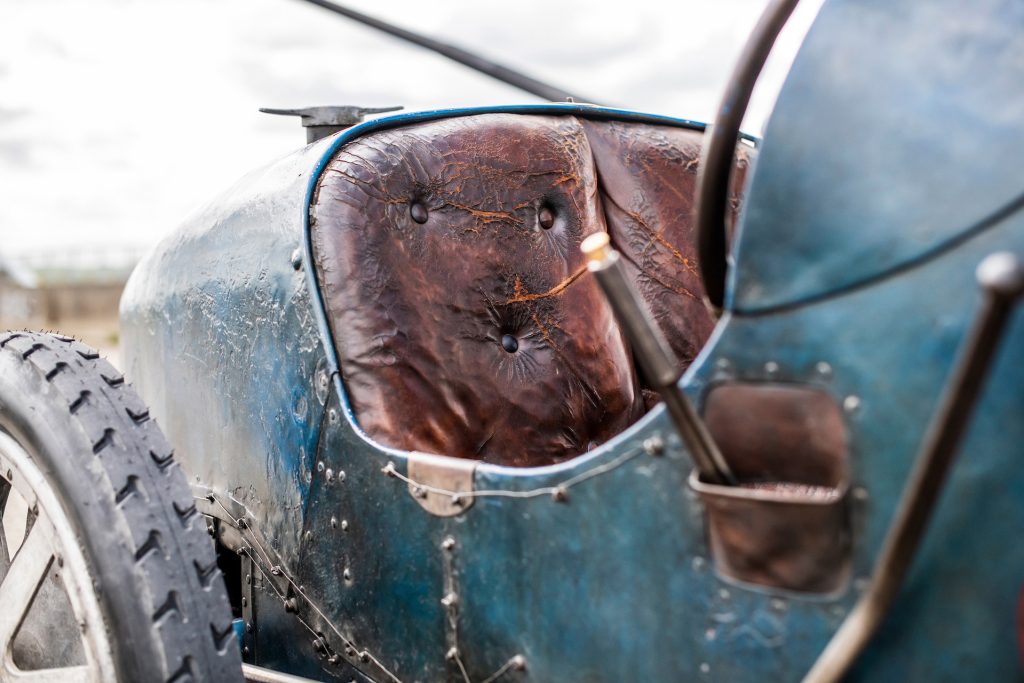Bugatti Type 35 marks 100 years of winning
The Bugatti Type 35, launched a century ago, is described by its maker as the ‘the most successful race car of all time’. Bugatti reckons it racked up more than 2500 victories during its competitive career.

While most race cars last a season at best, back in the day, they were constantly developed to remain competitive. And the Type 35 is testament to this concept, having been a top contender for more than six years. Below Bugatti shares some of the Type 35’s key development steps.
Type 35 – ahead of its rivals
The firm calls the Bugatti Type 35 ‘a car significantly ahead of its rivals in so many areas’.

“What Ettore Bugatti did know for certain was that his rivals would not stand still and that he could not rest. He must continue to develop the Type 35 to deliver even greater performance.”
Equipped with an eight-cylinder, 1991cc engine, in 1924 the first Type 35 mustered 90PS in race specification. By early 1926, the engine had been enlarged to 2262cc. Badged Type 35T for Targa, the resultant performance upgrade enabled the new car to win the Targa Florio, chased home by two smaller-engined Type 35 sister cars.

Supercharging the Bugatti way
Ettore Bugatti was said to prefer naturally aspirated engines but knew that performance could not be unlocked solely by increasing capacity.

“He was not initially an enthusiast of supercharging because they were relatively inefficient,” explains Luigi Galli, Specialist for Heritage and Certification at Bugatti. “However, what may be less well known is that despite his preference for naturally aspirated engines, Bugatti was looking to the future and to forced induction, using superchargers, even before the Type 35 made its race debut in Lyon in August 1924.

“In fact, Bugatti applied for French patent number 576.182 for a ‘Compresseur ou pompe à palettes’ on 22 January 1924, for a rotary vane design which could deliver extra power on-demand when engaged by the driver, by forcing pressurised air into the carburetor. And one thing was certain, if Bugatti was going to use a supercharger, then he was going to do it his way.”
He developed his own Roots-type supercharger with Italian engineer Edmond Moglia, opting for a three-rotor configuration. The supercharger was mounted on the engine’s offside. A pressure relief valve was mounted above the manifold and vented excess boost pressure through a corresponding hole cut into the bonnet.

In a further innovative step, the engine exhaust inlet manifold was heated by engine coolant. This meant that it warmed up much more quickly, for greater efficiency, while contributing to greater cooling capacity for the engine itself, Bugatti says.
Arriving in late 1926, the Type 35TC, named for Targa Compressor, evolved into the Type 35B in 1927. Represented by a larger radiator and cowling to allow for greater cooling, known as the ‘Miramas’ design, it produced up to 130PS, sufficient to propel the car to a top speed of more than 205km/h.

By late 1930 the Type 35B had evolved to what many regard as its ultimate specification, with a twin-cam, two-valve per-cylinder engine. It also featured a twin fuel filler cap, upgraded suspension, wheels, brakes and tires and a lower-mounted supercharger relief valve. Bugatti’s determination to leave no detail overlooked in the pursuit of ultimate performance led to fine-tuning of every element of the engine’s combustion system, including piston and cylinder head sculpting and even the use of aero grade fuel to deliver 140PS.






